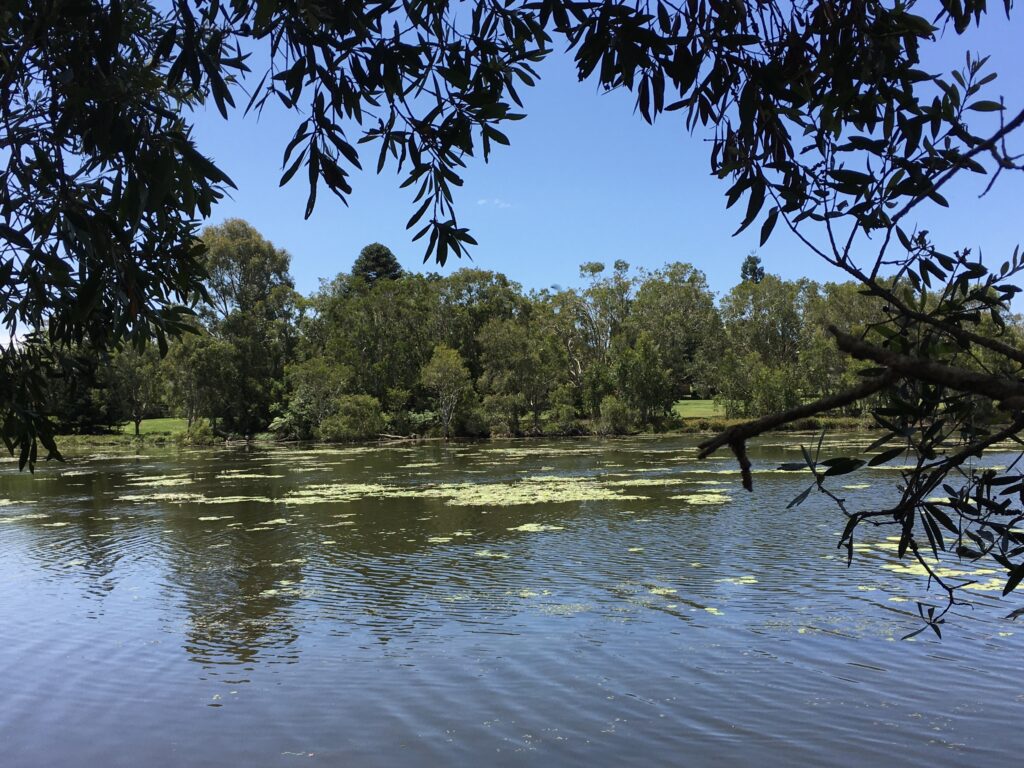Note: The following is based on, and excerpted in part, from the book Dying with Confidence: A Tibetan Buddhist Guide to Preparing for Death by Anyen Rinpoche.
Students from many different cultural and spiritual backgrounds come and ask me for help when a loved one is dying.
When someone close to us is dying or has died, we begin to think seriously about what our own death will be like.
While this book will guide Buddhist practitioners preparing for their own death, it will also serve Buddhists and non-Buddhists who would like to help someone die while relying upon the supports of the Tibetan Buddhist tradition.
Those who would like to help non-Buddhists in the dying process will also find these instructions useful and can adapt them to incorporate the spiritual tradition of the dying person—even if they are not Buddhist, they might appreciate your efforts anyway. … You can generate compassion and pray for the person as much as you can.
For Tibetan Buddhists, however, unless you have extreme confidence or certainty about your ability to properly recognize and rest in the nature of mind, and unless you can rest in the Dharmakaya constantly, you should train in and practice phowa [the practice for directing the transference of consciousness at the time of death, either for oneself or another. It will not create any obstacles so it is always good to do.]
Furthermore, our assessment of where our practice is now may not be accurate. We may think that we are more skillful practitioners than we actually are. In light of this, it is best to practice phowa.
What’s more, it cannot be emphasized enough that everyone—practitioner and helper, Buddhist and non-Buddhist—will benefit by learning about the signs and stages of death. Knowing what to expect will help us know what to do at the right time. …
Furthermore, there are necessary preparations to enhance our chances of using the teachings effectively.
First, I am a strong advocate of each of us as Buddhist practitioners taking time for (1) honest self-reflection and (2) knowing where we are now on the spiritual path and (3) where we would like to be in the future.
Then I suggest creating two documents:
(1) One, a Dharma Vision, a realistic plan and commitment for accomplishing this lifetime’s aspirations for practice; and
(2) Two, a Dharma Will, a plan for how we wish to die that designates “entrusted Dharma friends” who have agreed to assist with rituals, prayers, and practices at the time of death.
When people in the West get older, they write wills for their children. What we need now is a Dharma Will for ourselves!
After creating your Dharma Vision and Dharma Will, I encourage you to prepare a special “Dharma Box” as well—this box should contain the Dharma Will, copies of our advance medical directives and other legal papers, as well as all the practices and ritual items we wish to have with us as we die.
In his book, Dying with Confidence, Anyen Rinpoche states that he offers specific instructions on using the different stages of the dying process as a spiritual practice and also gives detailed instructions on a phowa text that was passed down to him by his root lama, Kyabje Tsara Dharmakirti Rinpoche. This text is from the Longchen Nyingthig lineage.
He goes on to state: It is important to learn the visualizations now while you are healthy and sound of mind and body and able to practice energetically. This does not mean that phowa cannot be learned or trained in when we are elderly or sick, however, it is easier to master this practice when we are young and healthy.
It is, of course, best to study with an authentic teacher and to attend phowa retreats whenever possible so there is appropriate support and sufficient time to experience the results of successful practice.
The essence of all phowa teachings is the same, although there are slight differences in the texts. The phowa instructions given later in this book, Dying with Confidence, are sufficient to begin practicing now if you have not had prior instruction, or will serve as a reminder of any prior phowa teachings you have received.
Finally, we will explore the role of the entrusted Dharma friend and decide if we wish to serve sangha members and friends by practicing with them as they die and reminding them how to use the unique opportunity of death.
I encourage each and every one of us to consider performing this service to our Dharma brothers and sisters. With very little effort, everyone can learn to do phowa successfully and contribute to the enlightenment of all sentient beings.
The phowa text and other practices to be recited as we are dying and to guide the consciousness after death can be found on the Phowa Foundation website at www.phowafoundation.org.
May these teachings inspire and guide us to practice the true Dharma and to face death fearlessly. May they help create the conditions for all to attain liberation and perfect enlightenment!
Source: Based on Anyen Rinpoche. Dying with Confidence: A Tibetan Buddhist Guide to Preparing for Death. Wisdom Publications. Kindle Edition.

The great master Patrul Rinpoche told this story on the nature of life and death:
There once was a poor man who became lost in the fantasy of his life. He came across a pile of barley and decided to plant it in order to earn money. Once he became rich, he thought, he would marry. Once he married, he would have a son. The poor man went so far as to name his unborn son Dawa Drakpa. However, while he was lost in his fantasy, a mouse gnawed through a rope that was holding a sack tied above his head. The heavy sack fell down and struck him dead.
In what ways are you similar to the old man in the story?
(Anyen Rinpoche; Choying Zangmo, Allison. Living and Dying with Confidence: A Day-by-Day Guide.)
